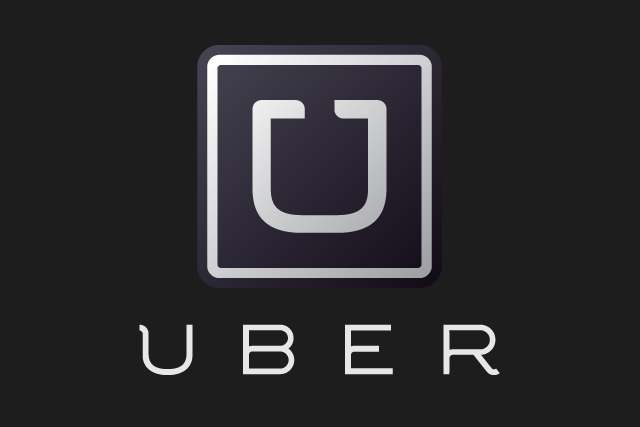After Ride Share Ordinance, What Happens To Surge Pricing?
By Staff in News on May 31, 2014 6:00PM

On Wednesday, Chicago’s City Council approved proposed legislation to regulate the city’s ride-sharing industry by a vote of 34-10. A plan first introduced by Mayor Rahm Emanuel, its goal is to level the playing field between such burgeoning enterprises and the aged institution of taxicab companies.
As covered by Chicagoist this week, one of the stipulations of the ordinance is the right to reserve a cap on surge pricing during peak demand, such as rush hour.
The concept of surge pricing has become synonymous in the lives of Americans who rely on public transportation since Uber rolled it out as a trial on Halloween and New Year’s Eve nights of 2011 in various cities around the country.
In essence, surge pricing constitutes an increase in prices during times of peak demand, such as rush hour, holidays, and adverse weather conditions.
Many critics of Emanuel’s ordinance are applauding the city’s pushback on Uber’s seemingly high-tech price gouging ways. But this raises a question: is Uber’s new policy truly a form of illegal price gouging or an appropriate exercise in microeconomics and the study of supply and demand?
Those who tilt towards the former cite cases where Uber increased its prices from 2-7 times the norm under the auspices of its surge pricing system when Hurricane Sandy struck New York in late 2012 and when a massive snow storm engulfed the city in December 2013.
Various laws against price-gouging often define the term through a few key criteria, namely the sale of goods at much higher prices than is considered reasonable or fair during periods of emergency and on necessary items essential to survival
So a case could be made that Uber was exercising a form of price gouging. (Though a successful suit has never been made against the company). Nevertheless, under severe criticism for such actions during the onslaught of Hurricane Sandy, Uber ultimately waived its fees and passed on all of the fares to its drivers.
Uber, however, continues to stand by its surge pricing policy, leaving cities like Chicago to pass laws to limit its use within their borders.
Others (and by others, let’s be honest, we mean studied Economists) lean towards labeling Uber’s policy, especially during peak rush hour times, as a traditional exercise in the study of supply and demand and label laws such as those passed by the city of Chicago this week as manipulating the free market.
The microeconomic theory suggests that during rush hour there is a greater demand for Uber’s vehicles than the supply available.
Therefore, increasing prices provides an incentive for more drivers to hit the streets to earn a greater profit while also encouraging those seeking rides and unable to afford the inflated prices to find alternative methods of transportation (bus, train, subway, walking, Divvy bicycles, etc) —thereby reducing the overall demand.
This leads to the most efficient allocation of resources and the ability for Uber to sell its goods at the market-clearing price, which is the price when supply equals demand.
So, is Uber’s surge pricing policy a new form of price gouging or the free market at work? Cities like Chicago are making their beliefs known by passing laws to cap the increase in prices while cities like Washington D.C. are considering embracing surge pricing by introducing legislation to allow its township’s taxi drivers to utilize the practice as well.
Until it can be proven through a court of law that Uber’s policy violates price-gouging laws, it will be up to the citizens of each city and the elected representatives they place into office to decide the fate of surge pricing.
By: Amol Gavankar.